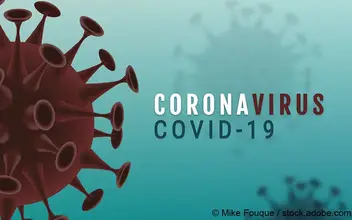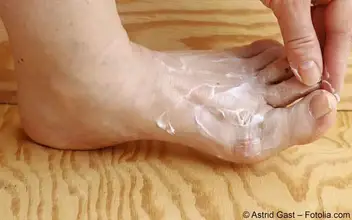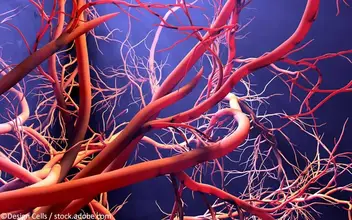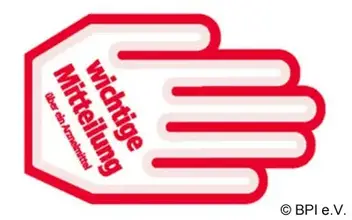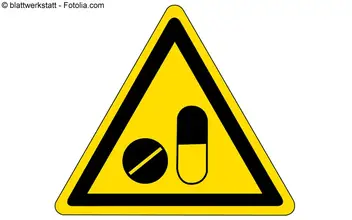
Zur Behandlung der Schmerzen im Rahmen von Mundsoor können lokal anästhesierende Präparate eingesetzt werden. Sie enthalten Wirkstoffe wie Lidocain (z. B. Kamistad Gel, Dynexan Gel) oder Lauromacrogol 400 (=Polidocanol, z. B. Recessan).
Lidocain inhibiert reversibel die Öffnung der Na+-Kanäle und verhindert somit die Ausbildung eines Aktionspotentials. Dadurch wird die Erregungsleitung lokal unterdrückt [6,33,34].
Lauromacrogol 400 inhibiert sensorische, motorische und autonome Nervenfasern. Der Wirkstoff lindert örtlich begrenzt die Schmerzen [35].
Was ist zu beachten?
Gele mit Lokalanästhetika werden auf die entzündeten Stellen aufgetragen. Sie können leicht einmassiert werden [33-35].
Kinder
Mundtherapeutika mit Lauromacrogol 400 oder Lidocain können bereits für Säuglinge geeignet sein. Es sind die Angaben in der Fach- bzw. Gebrauchsinformation zu befolgen [35].
Schwangerschaft und Stillzeit
Von der Anwendung von Lidocaingel in Schwangerschaft und Stillzeit raten die Zulassungsinhaber ab. Die Anwendung sollte nur erfolgen, wenn es unbedingt notwendig ist [33-35] Die Anwendung von Lauromacrogol 400 in Schwangerschaft und Stillzeit sollte vorher mit dem Arzt besprochen werden [35].
Wichtige Nebenwirkungen
Lokalanästhetika sind in der Regel gut verträglich. Es können Überempfindlichkeitsreaktionen auftreten. Nach dem Auftragen kann vorübergehend ein leichtes Brennen bemerkt werden, auch Geschmacksstörungen sind möglich [33-35].
Studienlage
Es wurden keine Studien gefunden, die die Wirksamkeit von Lokalanästhetika mit Lidocain oder Lauromacrogol 400 zur Schmerzbetäubung bei Mundsoor systematisch untersucht haben.

